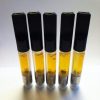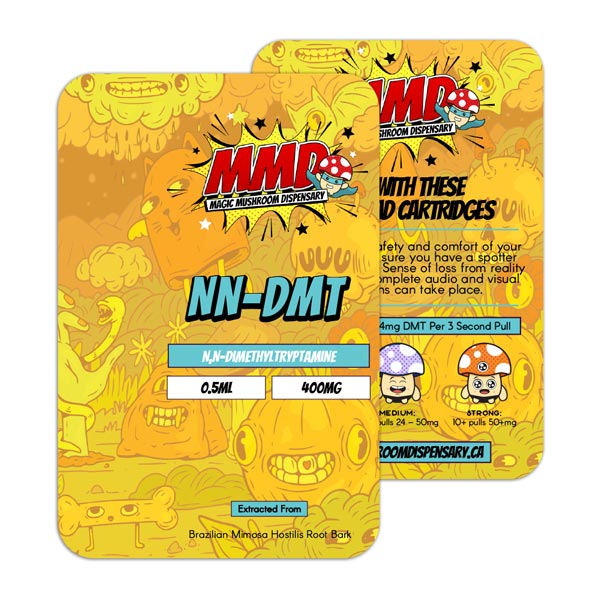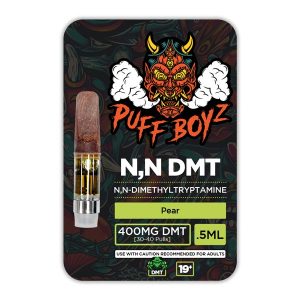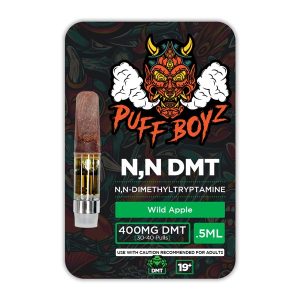$150.00 Original price was: $150.00.$118.00Current price is: $118.00.
NN-DMT(Cartridge) .5mL – 400MG – MMD Cosmo
- DMT Cartridge – .5ml
- 400mg DMT
- 30 – 40 puffs
- Fits with 510 thread battery
DMT or N, N-dimethyltryptamine in medical talk — is a hallucinogenic tryptamine that produces effects similar to those of psychedelics, like LSD and Psilocybin. The use of DMT can be traced back hundreds of years and is often associated with religious practices or rituals. DMT is used primarily for its psychoactive, hallucinogenic effects.
The effects commonly experienced while using DMT, are:
Euphoria
Floating sensation
Visual and auditory hallucinations
Depersonalization/disassociation
Heightened sensation (touch)
Epiphany or ‘life changing experiences’
Spiritual insight
Despite its popularity, DMT has never been as broadly discussed as its counterpart, although it has a long, if not noble history. DMT is one of the most important naturally occurring hallucinogenic compounds, and it is found in many Amazonian plants (Ayahuasca) and in trace amounts in humans where it is derived from an essential amino tryptophan during normal metabolism. It has been demonstrated that DMT is unique among classic hallucinogens in that tolerance does not develop to its psychological effects.
DMT was first synthesized in 1921 by Canadian chemist Richard Manske. Its discovery as the active ingredient in Cohoba, resulted in further examination of its psychoactive properties in 1956.
Related products
DMT Vape Pen For Sale
DMT Vape Pen For Sale
DMT Vape Pen For Sale
DMT Vape Pen For Sale
DMT Vape Pen For Sale
DMT Vape Pen For Sale
DMT Vape Pen For Sale
DMT Vape Pen For Sale











